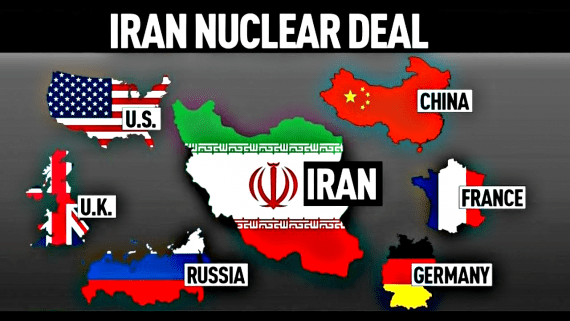IAEA Says Iran Continues to Meet Nuclear Obligations
MIDDLE EAST AND NORTH AFRICA, 10 Sep 2018
Brinkwire – TRANSCEND Media Service
8 Sep 2018 – Iran continues to comply with the nuclear deal reached in 2015 with major powers even after the withdrawal of the United States, the United Nations’ atomic watchdog said Thursday [6 Sep] in a confidential report.
In the quarterly report distributed to member states and seen by The Associated Press, the International Atomic Energy Agency said Iran has stayed with key limitations set in the so-called Joint Comprehensive Plan of Action, or JCPOA.
The conclusion comes as the other signatories to the landmark 2015 deal – Germany, Britain, France, Russia and China – continue to try and salvage it after U.S. President Donald Trump decided to pull the U.S. out unilaterally in May.
The deal exchanges economic incentives for nuclear guarantees. Since the American withdrawal and re-imposition of sanctions, Iran’s economy has already started to struggle and its currency has plummeted in value.
The other five nations have affirmed their commitment to the deal, which limits Iran’s enrichment and stockpiling of material that could be applied to a nuclear weapons program. In exchange, Tehran was granted widespread relief from international trade, oil and banking sanctions.
The nations have said it will take time, however, to negotiate the details of the guarantees that Iran is looking for.
In the report, the Vienna-based IAEA said it had been given access to all sites in Iran that it needed to visit and that inspectors confirmed Iran has kept within limits of heavy water and low-enriched uranium stockpiles.
“Timely and proactive cooperation by Iran in providing such access facilitates implementation of the additional protocol and enhances confidence,” the report stated, referring to the protocol detailing safeguards and tools for verification.
Regarding the rate of Iran’s production of enriched uranium, a diplomat, who was speaking on condition of anonymity to discuss the report, said it had not accelerated. “The production rate is constant. There is no change whatsoever.”
Go to Original – brinkwire.com
DISCLAIMER: The statements, views and opinions expressed in pieces republished here are solely those of the authors and do not necessarily represent those of TMS. In accordance with title 17 U.S.C. section 107, this material is distributed without profit to those who have expressed a prior interest in receiving the included information for research and educational purposes. TMS has no affiliation whatsoever with the originator of this article nor is TMS endorsed or sponsored by the originator. “GO TO ORIGINAL” links are provided as a convenience to our readers and allow for verification of authenticity. However, as originating pages are often updated by their originating host sites, the versions posted may not match the versions our readers view when clicking the “GO TO ORIGINAL” links. This site contains copyrighted material the use of which has not always been specifically authorized by the copyright owner. We are making such material available in our efforts to advance understanding of environmental, political, human rights, economic, democracy, scientific, and social justice issues, etc. We believe this constitutes a ‘fair use’ of any such copyrighted material as provided for in section 107 of the US Copyright Law. In accordance with Title 17 U.S.C. Section 107, the material on this site is distributed without profit to those who have expressed a prior interest in receiving the included information for research and educational purposes. For more information go to: http://www.law.cornell.edu/uscode/17/107.shtml. If you wish to use copyrighted material from this site for purposes of your own that go beyond ‘fair use’, you must obtain permission from the copyright owner.
Read more
Click here to go to the current weekly digest or pick another article:
MIDDLE EAST AND NORTH AFRICA:
